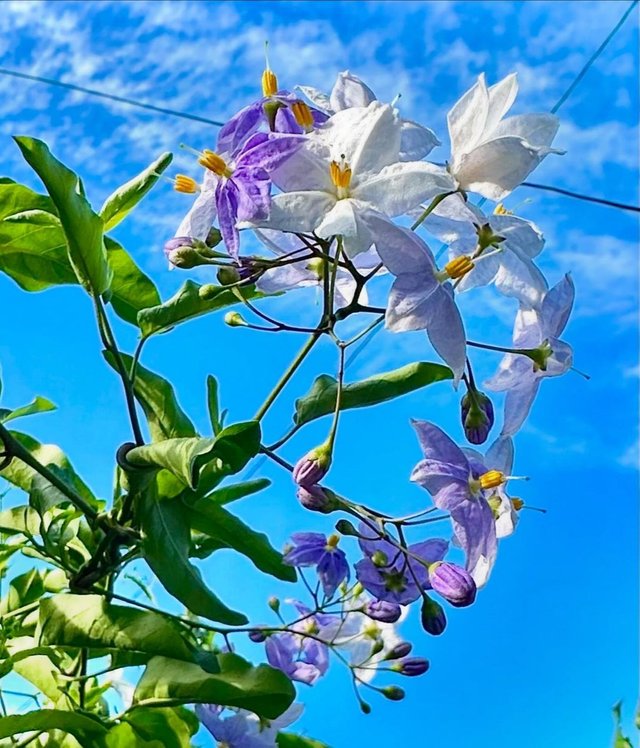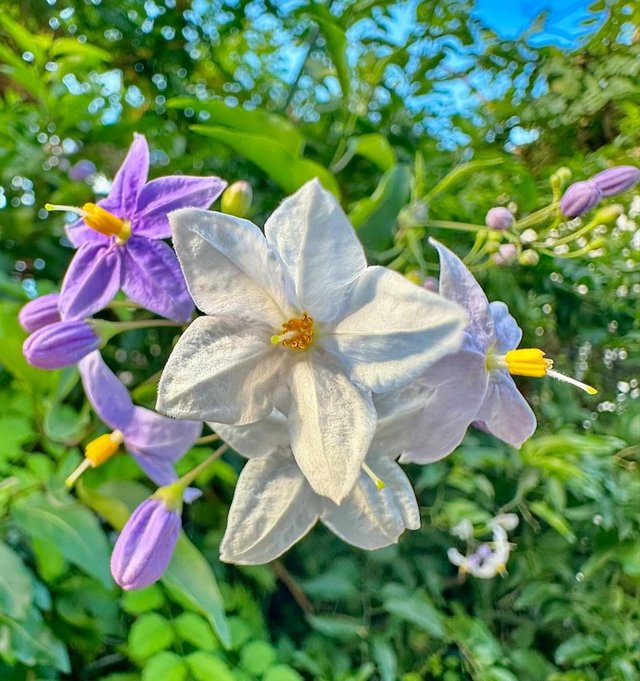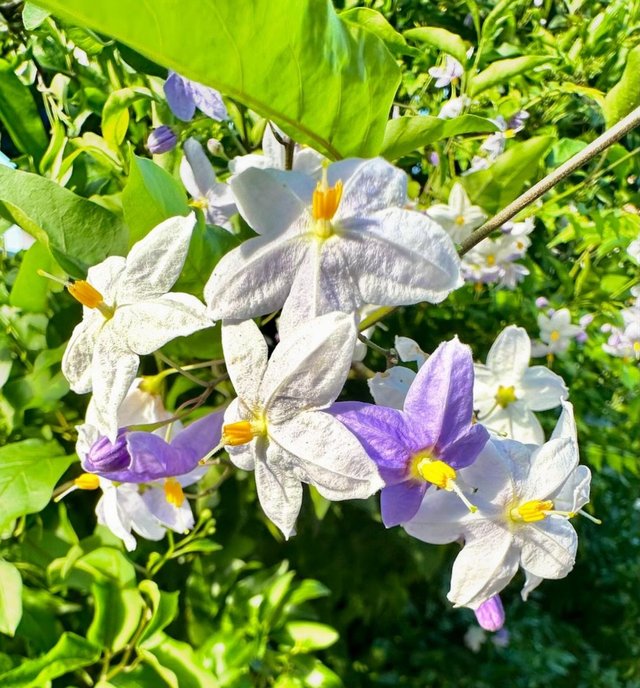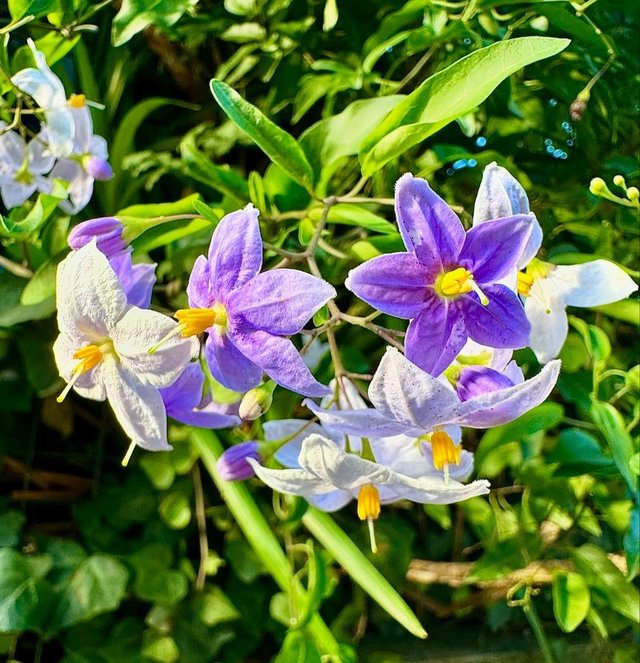Chilean Potato Tree So Beautiful
The Chilean potato tree is a fascinating and often overlooked species in the world of ornamental plants. Despite its name, it is not a true tree but rather a sprawling shrub or vine that belongs to the nightshade family, which also includes tomatoes, eggplants, and potatoes. Native to Chile and Peru, this hardy, semi-evergreen plant offers much more than just its misleading name—it is a unique addition to any garden, combining striking flowers, climbing tendencies, and hardy growth.
Botanical Overview
The Chilean potato tree, also known as "parrilla" in its native regions, typically grows to heights of 10 to 15 feet if supported by structures such as trellises, fences, or walls. Without support, it tends to sprawl across the ground in a more shrub-like fashion, forming dense thickets of foliage. Its leaves are oval-shaped, dark green, and slightly glossy, which gives the plant a lush appearance.
This plant is often admired for its clusters of delicate star-shaped flowers that are typically blue-violet or lilac, though there are some white-flowered varieties as well. The flowers resemble those of the common potato plant, with five petals surrounding a bright yellow center. These flowers bloom prolifically from late spring to early autumn, creating a striking contrast against the deep green leaves. As the season progresses, the flowers give way to small, yellow or greenish berries that, while visually attractive, are not edible and may be toxic to humans and pets.
Growing Conditions and Care
One of the key advantages of the Chilean potato tree is its hardiness. It is relatively easy to grow and can thrive in a variety of conditions. Here are some essential tips for growing and caring for this plant:
Sunlight: The Chilean potato tree thrives in full sun, although it can tolerate partial shade. More sunlight generally encourages better flowering, so for the most vibrant display, plant it in a spot that receives at least six hours of direct sunlight per day.
Soil: This plant prefers well-drained, fertile soil but can adapt to various soil types, including sandy and loamy soils. Good drainage is crucial, as overly wet soil can lead to root rot.




